2024 Jo and Tom Knight – PCF Young Investigator Award

NFI-Family Transcription Factors Support AR-activity During Prostate Cancer Progression
Larysa Poluben, PhD
Harvard: Beth Israel Deaconess Medical Center (BIDMC)
Mentor: Steven Balk, MD, PhD
Description:
- Castration-resistant prostate cancer (CPRC) is an advanced form of treatment-resistant prostate cancer. The majority of CRPC cases are driven by alterations in the androgen receptor (AR) pathway, resulting in AR pathway overactivity that can resist currently available AR-targeted therapies. Novel approaches are needed to target AR activity in lethal CRPC.
- The expression of AR variants are commonly observed in CRPC, but whether and how they drive CRPC remain unclear.
- Dr. Larysa Poluben is studying the role and mechanisms of AR-driven CRPC. She has previously found that the NFI-family of transcription factors contribute to increased chromatin accessibility, allowing AR variants to better access and drive the expression of oncogenic genes. This project will determine the role of NFI-family transcription factors in altering 3D DNA architecture and gene expression by normal AR and AR variants in CRPC.
- The role of NFI-family transcription factors in prostate cancer evolution will be investigated.
- The physical interaction of NFIs with AR will be validated and specific domains involved in this interaction that may serve as potential targets for novel therapies will be identified.
- If successful, this project will confirm how interactions between AR variants and NFI-family transcription factors drive CRPC, and identify novel targetable sites for small molecule drug development.
What this means to patients: CRPC remains an incurable disease state, and is commonly driven by altered AR activity. Dr. Poluben’s project will define the mechanisms by which interactions between AR variants and NFI-family transcription factors drive CRPC. This will illuminate biomarkers to identify tumors driven by these mechanisms, and novel vulnerabilities and therapeutic targets that will guide new drug development efforts.

